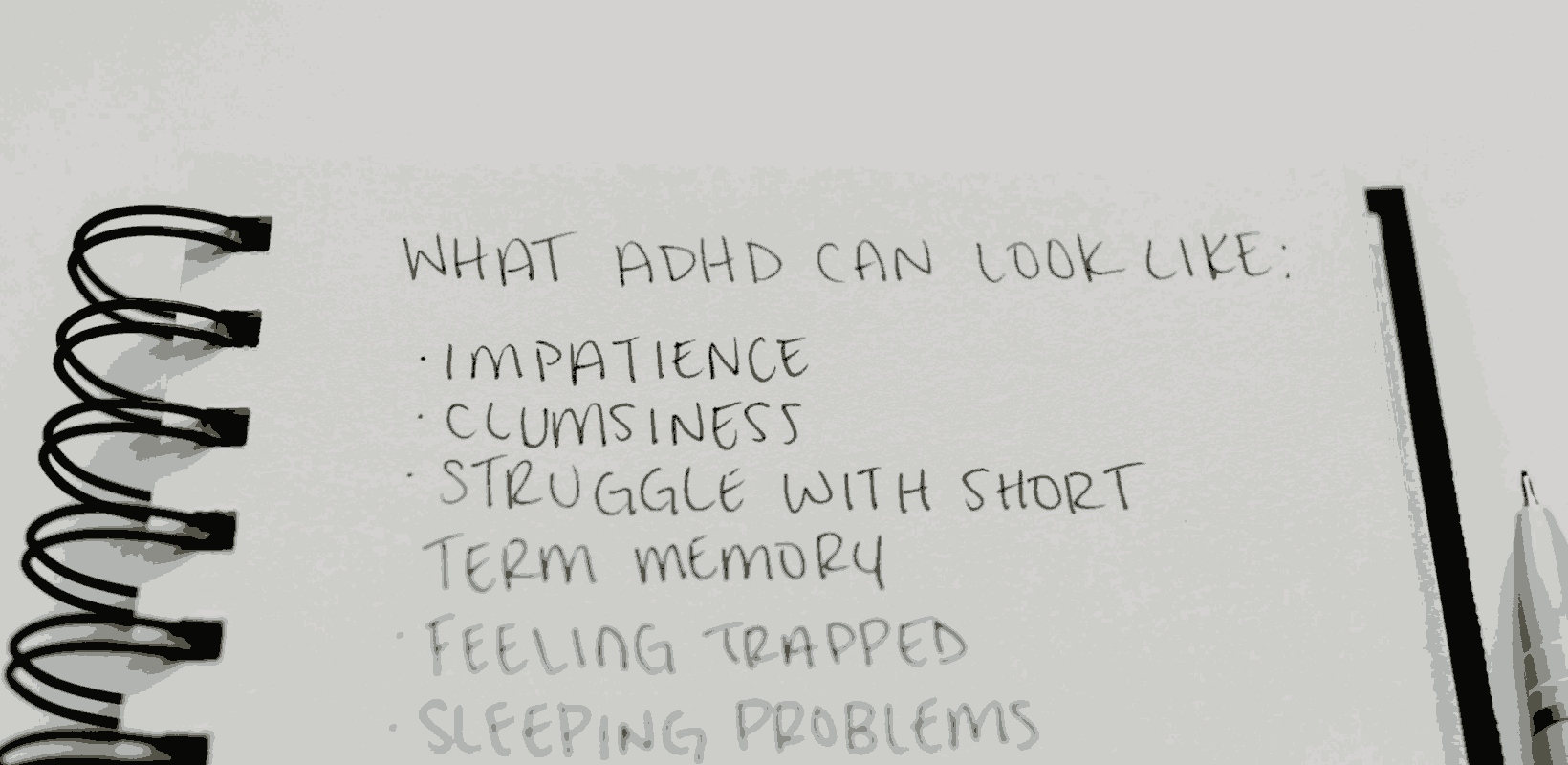Workforce planning is a valuable HR process which aligns organisational needs with your people strategy.
This means putting considerable thought and consideration into the skills of your workforce, a process of analysing your existing talent, employees who need further development and lastly, the employees you’ll need to hire in the future.
In this article, we’ll define what workforce planning is, the benefits it can bring to your company and the step-by-step implementation process
What is Workforce Planning?
Workforce planning, also referred to as strategic workforce planning, is the process of analysing and planning the future of your workforce. The goal is to have the right person in the right position at the right time.
Why is Workforce Planning important?
Workforce planning is essential in today’s ever-changing business environment. It helps your company to plan and prepare for challenges that may arise in the future. Through analysing the competencies of your workforce to ensure that you can achieve your company goals and reduce costs on ineffective hiring processes.
4 Workforce Planning Criteria
Strategic Workforce Planning focuses on 4 main criteria:

The right size – This is based on the number of people and job roles. A workforce that is too large is overstaffed and works inefficiently while a workforce that is too small, means that the company isn’t producing what it potentially could produce. This can be indicated by an excess of vacancies.
The right shape – This is about having the proper workforce structure in terms of structure, purpose, the ratio of managers and team leads .
The right cost – This is ensuring that employees are fairly compensated for their work, competitively and within company budget. This is also about measuring and managing the HR cost and its impact, including recruiting, training, developing and maintaining the workforce
The right agility – This is about assuring your workforce is agile, flexible and can quickly adapt and react to the demands of the market.
https://www.youtube.com/watch?v=nsKmmRRKn-Q
Related video: Effective 3-step Guide to Conducting HR audits
5 Steps in Strategic Workforce Planning
To create the best possible strategic plan, understanding your current situation and the future goals of your business are top priorities. Follow these 5 steps to achieve your company’s target.
1. Workforce Analysis
Before planning for the future, it’s essential to assess what you already have! It’s important to think about the number of employees and their costs and individual skillsets. During this phase, the potential growth and development of employees should be evaluated.
2. Envision a Future Workforce
What will your business look like in the next 3-5 years? Draw up a sketch of your goals using the same markers mentioned above. The size, cost, and performance of your organisation should be given due consideration.
3. See What’s Missing
How does your current situation compare to the long-term goals of the company? Overlay the present and future evaluations to find the holes in-between. Look for existing skill gaps and take note of your observations.
4. Mend the Gaps
Implementing recruitment strategies can help hr managers to find potential employees. Follow your observations from the previous step to find solutions. If needed, make adjustments to the number of people on your team or train and develop the skills of existing employees. Weigh out the pros and cons of internal and external recruitment.
5. Check Your Progress
How have the changes impacted your company’s success? Keep a record of differences, both positive and negative. Use employee performance tracking software to measure the progress of new and existing employees
👍 The 4 Benefits of Workforce Planning
When workforce planning is done right, it can have a significantly positive impact on your business. Here are four of the top benefits of workforce planning:
1. Lower Hiring Costs
This information you gain from strategic workforce planning will decrease recruitment costs and help business operations run smoothly. The Strategic Workforce Planning model has a positive effect throughout the organisation including employee morale, engagement, productivity and revenue.
In a study conducted by HR.com found businesses that implement a workforce management solution see an average of 6-10% cost savings in under 12 months.
2. Effective Planning
With an effective workforce plan, you become aware of workforce issues and provide them with the necessary tools to identify talent risks and gaps before they negatively impact your business objectives.
3. Improve Recruitment Processes
Strategic workforce planning can help you outline the characteristics and traits of the high performers in each department and inform your hiring criteria to find candidates that suit the business goals and company culture.
This process will improve your talent retention rate, saving considerable time for your onboarding process and decreasing recruitment costs.
4. Improved Retention Rate
Workforce planning acts as a tool for HR, helping you to recognise top performers and effectively conduct pay reviews, give employee bonuses and promotions, thereby positively impacting your employee turnover.
Recruitment and Employee Development
Workforce planning helps to pave the way for your company’s hiring and employee development plan.
By gaining a clear understanding of your workforce and your business goals, you can match the skills, experience, and knowledge with your business needs. Then further develop hiring and development processes to match.
With strategic workforce planning in place, you can better identify potential top employees for your business and develop talent acquisition strategies to attract them to your company.
Plus, workforce planning analysis can help companies formulate proper training and employee development to fill talent gaps while also finding individuals capable of excelling with the correct professional development in place.

What are the Best Human Resource Planning Tools?
Much of this responsibility falls into the hands of HR professionals in charge of managing and recruiting new employees. However, workforce planning does not need to be a complicated process. Here are some tools to help you come up with the best possible workforce strategy:
- Applicant Tracking Software (ATS)- Consider using recruitment software to help you optimise your hiring process. It will help to improve the company’s brand image and to organise the hiring process. Recruiting, selecting, and onboarding new employees will become easier and smoother with ATS.
- Draw your ideas- Charts and sketches can provide a visual comparison of the current workforce and the company’s business goals. To see the complete picture, sometimes it’s necessary to literally illustrate.
- Evaluate compensation and benefits- Overpaying and underpaying employees can be problematic for recruitment and retention. Think about alternative benefits, and stock options to determine if your pay strategy is coherent with your plan.
- Imagine potential scenarios- If you imagined the pandemic five years ago, what decisions would you have made? Hypothesise about future legal changes, natural disasters, and other unexpected events that may come your way. Back-up strategies will save everyone stress in times of uncertainty.
- Facilitate onboarding and offboarding- Integrating new team members into any team quickly will increase satisfaction and productivity. Positive employee engagement is essential to improving the company’s image. Onboarding and offboarding management tools guarantee efficiency and accuracy.
With effective workforce planning, you can get the most out of your workforce. Whether this means hiring new talent, upskilling and empowering current employees, or restructuring a growing team, it’s important to implement workforce planning in your organisation to see the best possible results.


